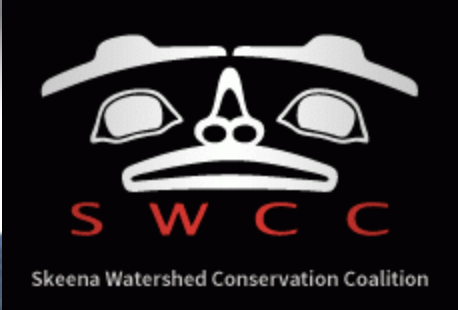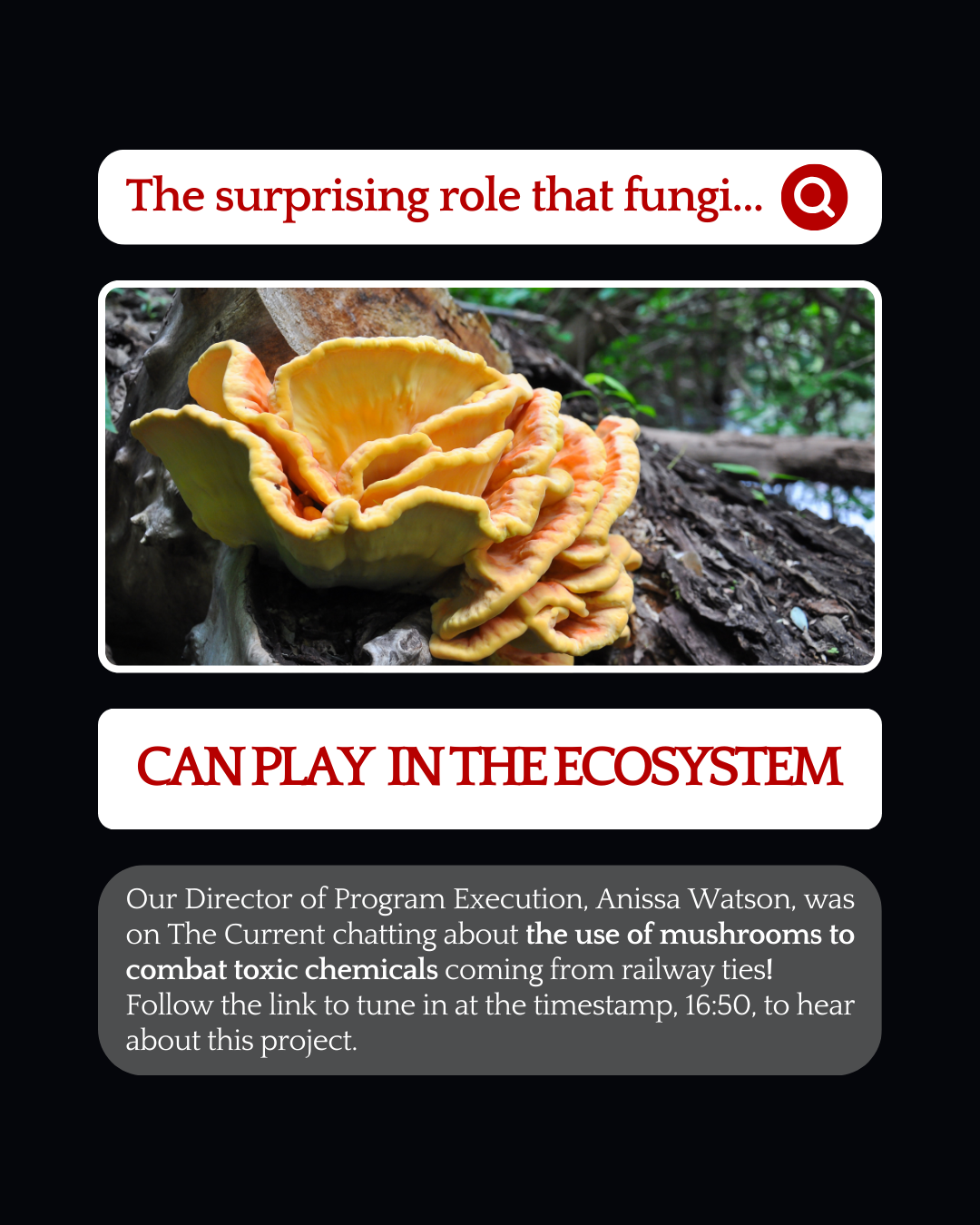Bioremediation
HEALING THE LAND. HEALING THE PEOPLE.
Bioremediation:
news
Photo Album
Bioremediation = To Remedy/To Heal
Climate change crisis events, industrial pollutants, and environmental contaminants leave behind toxic landscapes and waterways, impacting human, animal, and aquatic health and environmental resilience. Disaster relief and industrial remediation methods are costly, slow, and inadequately designed to deal with the impacts on human and environmental over the long term. Indigenous communities and territories are disproportionately impacted by industrial disasters, and often left with fewer resources to deal with the toxic landscapes left behind. Bioremediation provides a sustainable solution, utilizing plant, fungi, and micro-organisms to remove, accumulate, or reduce toxins in the land and water.
Skeena Watershed Conservation Coalition has a growing interest in the use of bioremediation to heal the land, water, and people. Since 2021, we have worked with Leila Darwish, a community organizer, perma-culturalist, and bioremediation expert to provide oversight and education on local, grassroots bioremediation and earth repair projects.
Our goal is to increase access to the tools and knowledge of bioremediation for community members, provide relevant research and field-testing opportunities, develop and support community driven projects to address environmental contamination concerns, re-build health in the land, and support future resilience to climate and environmental impacts.
Bioremediation in the news:
(Click the image to go to the CBC Listen website to listen to the interview)
You can find more updates about SWCC’s projects in our newsletters:

